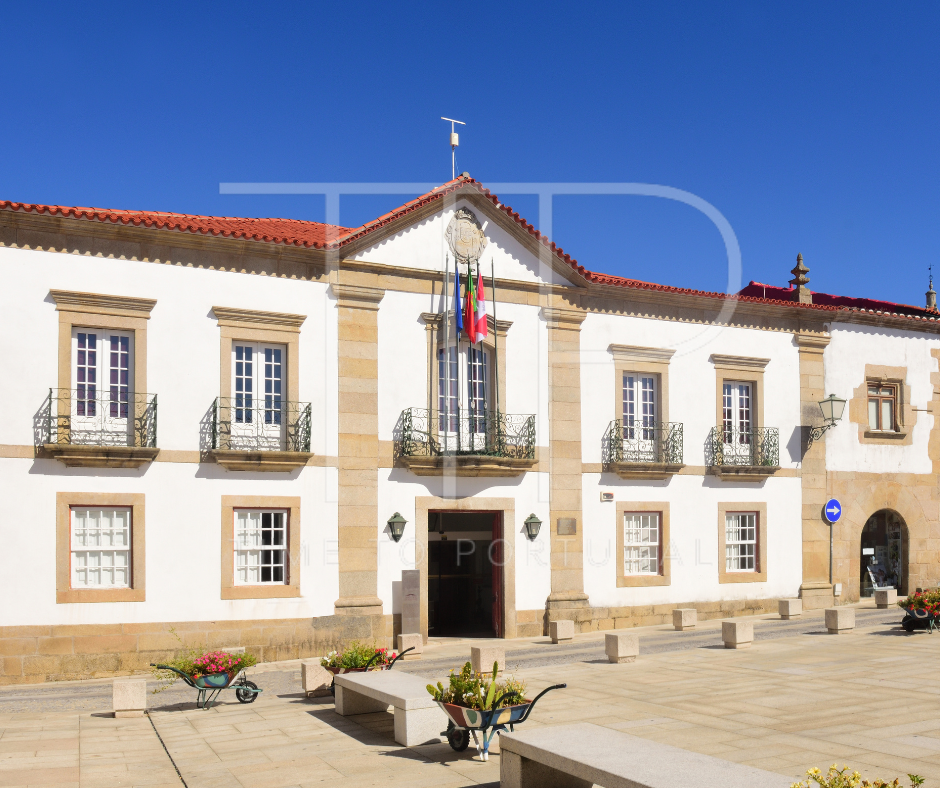University of Vigo study indicates that Mirandese could “die out” in thirty years.
It was 25 years ago that Portugal took the first step towards protecting Mirandese, the country’s second official language. Mirandese became Portugal’s second language on September 17, 1998. Mirandese is spoken in the north-east of Trás-os-Montes. Even though it is an official language that is taught in the schools of Miranda do Douro (for over 30 years), the largest of Portugal’s minority languages is fighting hard to stay alive. Mirandese manages to be a more complete language than Portuguese.
This language has lived on for centuries thanks to oral tradition. Today, around 80% of young people and children, from pre-school to 12th grade, learn to speak and write Mirandese, despite it being an optional subject. Even though there are 400 students, they don’t have the same conditions as those who learn Portuguese or Spanish in the country’s schools. This is because there are few Mirandese textbooks.
There are fears that the Mirandese language could disappear in just 30 years if something isn’t done to stop it. This estimate was made in a study recently published by the University of Vigo. This institution estimates that around 3,500 people know Mirandese, but only 1,500 use it regularly.
The elders are the ones who most defend Mirandese, a language that is also being called into question due to depopulation. Anyone who visits the villages of Miranda do Douro will find the toponymy of these places with the names inscribed in both languages. There are also several literary works, both original and translated, written in Mirandese. In order for Mirandese to achieve the international recognition it deserves, Portugal began the process of joining the European Charter for Minority Languages two years ago. As soon as this is complete, Mirandese will be used in public institutions.

